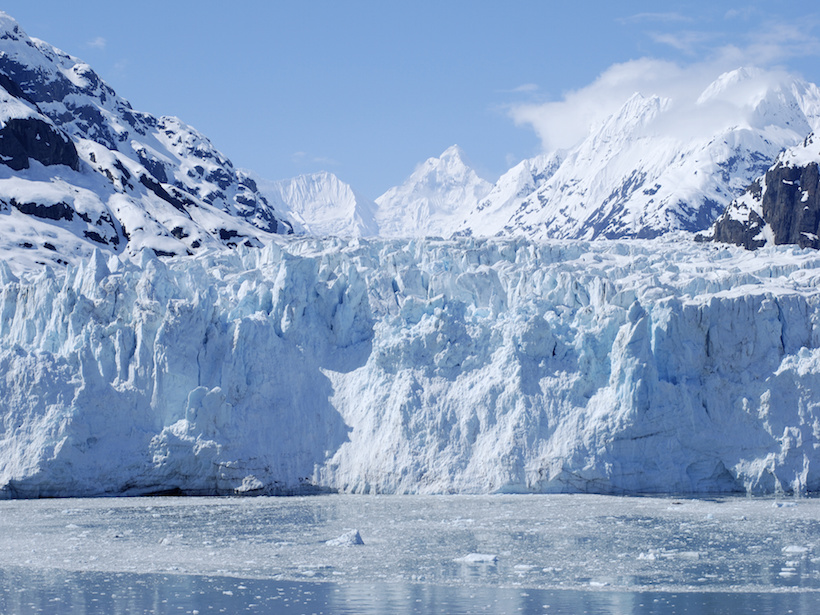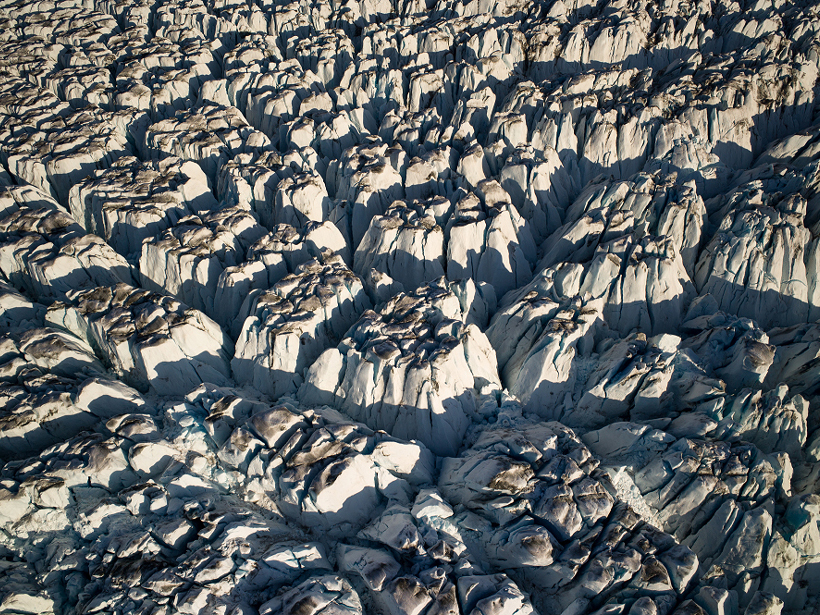A review of the major features of the geomagnetic reversals preserved in Earth's rock record helps to answer the question, Which data could advance our understanding of these poorly described events?
Reviews of Geophysics
Polarity Reversals in the Earth’s Magnetic Field
Studies of geomagnetic polarity reversals have generated some of the biggest and most interesting debates in the paleomagnetic and wider solid Earth geophysics communities over the last 25 years.
When Rivers and Tides Collide
Scientists review several decades of research on the complex freshwater reach where fluvial and tidal forces meet.
Blowin’ in the Wind: Observing Stratospheric Aerosols
New observations and understanding of stratospheric particles are crucial for evaluating their role in climate change.
A Decade of Progress in Stratospheric Aerosol Research
Enhanced technology and chemistry-climate models have advanced our understanding of the sources and processes controlling the evolution of the stratospheric aerosol layer, the so-called Junge layer.
Insights on Climate Systems from Interglacials
Interglacials provide insights into the impacts of warmer than present conditions in certain regions of Earth.
Tidal River Dynamics
Tidal rivers are a vital and little studied nexus between physical oceanography and hydrology.
Recent Studies Crack Open New Views of Glacial Crevasses
Scientists review 60 years of direct and remote observations of crevasses and the models used to simulate them.
New Insights from 60 Years of Crevasse Research
Deep cracks in the ice may provide insight into glacier decay and help predict sea level rise.
At the Intersection of Ice and Water
Scientists observe ice dynamics in water-terminating glaciers around the world to better understand how the process of subaqueous melt drives ice loss.









